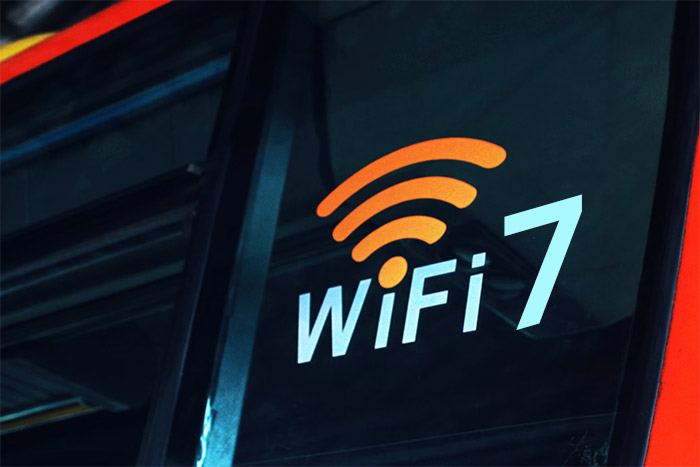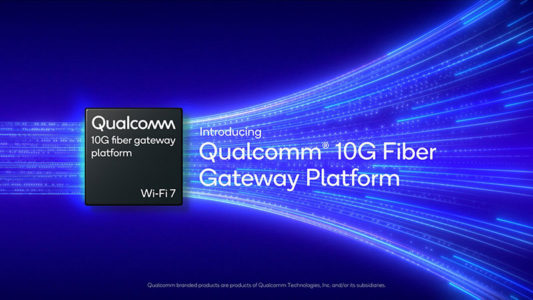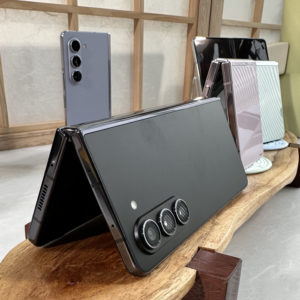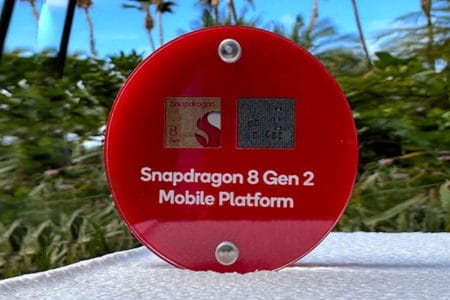The world runs on Wi-Fi. It keeps us informed, entertained, and productive, connecting us to the things that matter most. And behind the scenes, ensuring this seamless connection is the tireless work of the Wi-Fi Alliance and the IEEE. Their dedication to industry standards and rigorous testing has brought us to the next frontier: Wi-Fi 7.
What’s new in Wi-Fi 7?
Imagine a world where your Wi-Fi is faster, more reliable, and can handle even the most demanding tasks. That’s the promise of Wi-Fi 7. This latest generation boasts ground-breaking features like:
- Ultra-fast speeds: Get ready for multi-gigabit speeds that will make downloading movies, streaming VR experiences, and playing online games feel like a breeze.
- Reduced latency: Say goodbye to lag and buffering. Wi-Fi 7’s low latency ensures smooth, responsive connections, even for real-time applications like video conferencing and online gaming.
- Improved reliability: No more dropped connections! Wi-Fi 7 is built for stability, so you can count on your Wi-Fi to be there when you need it most.
What does this mean for you?
Wi-Fi 7 opens up a world of possibilities. It will power the next generation of immersive experiences, from multi-user AR/VR to holographic training simulations. It will also revolutionize industries like healthcare, manufacturing, and transportation, enabling critical applications like remote surgery and autonomous vehicles.
Wi-Fi CERTIFIED 7 introduces a host of cutting-edge features designed to meet the demands of the modern digital landscape. Some of the advanced capabilities include:
- 320 MHz Channels:
- Available in countries leveraging the 6 GHz band, ultra-wide channels double the current channel size, enabling multigigabit device speeds and high throughput.
- Multi-Link Operation (MLO):
- Devices can now transmit and receive data simultaneously over multiple links, resulting in increased throughput, reduced latency, and improved reliability.
- 4K QAM:
- Achieves 20% higher transmission rates than the previous 1024 QAM, pushing the boundaries of Wi-Fi performance.
- 512 Compressed Block-ack:
- Enhances efficiency and reduces overhead, ensuring smoother and more streamlined data transmission.
- Multiple RUs to a Single STA:
- Improves flexibility for spectrum resource scheduling, enhancing overall spectrum efficiency.
- Triggered Uplink Access:
- Optimizes Wi-Fi 6 defined triggered uplink access to accommodate latency-sensitive streams and meet Quality of Service (QoS) requirements.
- Emergency Preparedness Communication Services (EPCS):
- Provides a seamless National Security & Emergency Preparedness (NSEP) service experience, maintaining priority and quality of service in Wi-Fi access networks during critical situations.
While the technical specifications are impressive, the true significance of Wi-Fi 7 lies in its potential to transform industries and redefine user experiences. Here are some key areas where Wi-Fi 7 is poised to make a significant impact:
- Enterprise: Enabling next-generation collaboration and productivity. Imagine seamless video conferencing with dozens of participants, real-time data analysis without lag, and VR-powered training simulations – all facilitated by the reliable and ultra-fast connectivity of Wi-Fi 7.
- Industrial IoT: Revolutionizing automation and remote monitoring. With its ability to handle large amounts of data with minimal latency, Wi-Fi 7 can power connected factories, smart grids, and autonomous vehicles, unlocking new levels of efficiency and safety.
- Gaming and Entertainment: Pushing the boundaries of immersive experiences. Low-latency, high-throughput Wi-Fi 7 is a game-changer for cloud gaming, AR/VR experiences, and other interactive entertainment applications, promising smooth gameplay and hyper-realistic immersion.
- Smart Homes and Connected Devices: Creating a truly seamless smart home ecosystem. With its improved reliability and efficiency, Wi-Fi 7 can ensure instant response times for smart devices, eliminate buffering, and pave the way for a truly interconnected living space.
Market Adoption and Industry Leaders:
Wi-Fi 7 is expected to experience rapid adoption between now and 2028. Early adopters, including companies such as Broadcom, CommScope, Intel, MaxLinear, MediaTek, and Qualcomm, are at the forefront of this technological revolution, forming the test bed for certification and among the first to unveil Wi-Fi CERTIFIED 7 devices.
Challenges and the Road Ahead:
Despite these ground-breaking advancements, the full benefits of Wi-Fi 7 may take time to be felt, as many manufacturers are still producing devices compatible with earlier Wi-Fi standards. For those not eager to be on the bleeding edge, there may not be practical reasons to immediately adopt the updated spec with a new router.
The future is wireless, and Wi-Fi 7 is leading the way.













